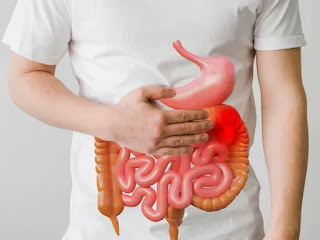The Most Effective Method of Treating Knee Osteoarthritis
Along with these symptoms, the joint may enlarge, have a limited range of motion, and feel crunching or grinding when you move it. Knee osteoarthritis can be treated in a number of ways, including with drugs, physical therapy, weight loss, and surgery. To determine the course of action that is most effective for you, it is crucial to explore your treatment options with your doctor.
Causes and Symptoms
A degenerative joint disease called osteoarthritis develops when the cartilage that cushions and protects the ends of your bones gradually deteriorates. This may result in bone-on-bone contact, which can hurt, swell, and make moving the joint difficult.
Wear and strain that comes with ageing is the primary cause of osteoarthritis. Our cartilage naturally gets thinner and less elastic as we age, making it more vulnerable to injury. Obesity, prior joint injuries, and certain jobs or activities that place a lot of stress on the joints are additional risk factors for osteoarthritis.
Symptoms of osteoarthritis of the knee may include:
- Joint pain and stiffness, especially after periods of inactivity or when you use the joint for a prolonged period of time
- Swelling in the affected joint
- Reduced range of motion in the affected joint
- A crunching or grinding sensation when you move the joint
- The formation of bone spurs around the affected joint
Ayurvedic Treatment for Knee Osteoarthritis
Osteoarthritis, also known as "amavata" in Ayurveda, is brought on by a buildup of poisons (ama) in the body's tissues. Ayurvedic principles state that ama develops when the digestive fire (agni) is hampered, resulting in insufficient food digestion. This causes ama to form, which can build up in the joints and cause swelling and discomfort.
Ayurvedic amavata treatment often combines herbal medicines, dietary adjustments, and therapeutic methods. Ginger, turmeric, and boswellia are some of the herbal treatments for amavata that are frequently utilised. These plants are thought to contain analgesic and anti-inflammatory qualities that could help lessen joint discomfort and swelling.
Following a balanced diet, maintaining a healthy weight, and participating in low-impact workouts that don't put too much stress on the joints are some lifestyle modifications that may be advised to treat amavata.
Warm oil massages, warm water therapies, and yoga are all possible therapeutic methods for treating amavata. These methods are said to aid in enhancing circulation, decreasing inflammation, and encouraging relaxation.
The use of Ayurvedic therapies for the management of amavata symptoms may be useful, but there is not enough scientific data to support their use in the treatment of osteoarthritis. Before beginning any complementary or alternative treatments, it's a good idea to discuss them with your healthcare physician.
Raha Ayurveda Hospital provides an effective Ayurvedic Treatment for Osteoarthritis in Kochi that helps you to lead a normal and smooth life.




Comments
Post a Comment